Know Thy Laugh
Authorization process through Laughter Signatures
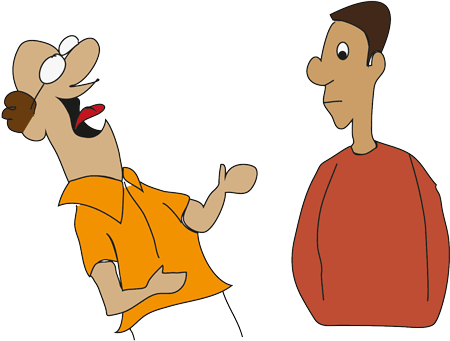
“Laugh and the world will laugh with you.”
How many times has it happened that you see someone laugh and a smile comes on your face, and you too start laughing? According to a study, brain responds to the sound of laughter and prepares the facial muscles to join in the laugh. This is the reason, why laugh tracks in TV shows got introduced.
Laughter, contagious like a simple yawn, is also unique and different for every person. It follows a pattern, which is ideally singular. This is called Laughter Signature.
Signatures, in any form, are representatives of our identities. May it be retinal scans, dental scans, fingerprint recognition, facial scans or even a simple old school signature on paper, it is always desirable that they should be unique, ideally uncopiable and easy to replicate by you alone. Biometric scanning is commonly available now as a tool for unlocking/protecting even everyday personal electronics. Signatures and passwords have been guarding privacy for a long time now. But considering signing waivers and multiple forms (paper and digital) for verification can get irritating, boring and mundane. And so to make the process less irritating, more user friendly, more personalised and most importantly, interesting and fun, idea for this project came about.
In this project, the central idea is to use laughter signatures as a method for identification. The infectious behaviour of a laugh and its uniqueness for a particular person are the key elements that we exploit to implement this system.
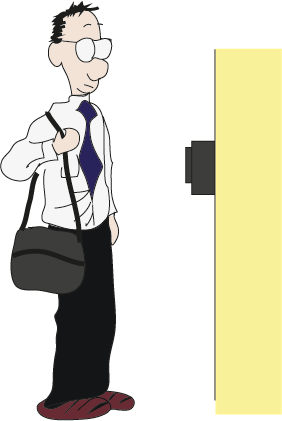
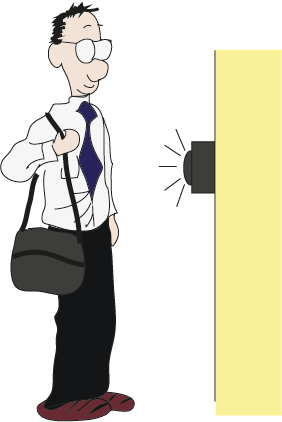
Process
As stated above, laughter is contagious like yawning. Using this base idea, we induce a person to laugh through the sounds of others’ laughter. A sample of the user’s laughter is then recorded and analysed to find the closest matching laughter signature. This signature establishes singularity and can then be used as a pass code.
Limitations
Getting infected with the laughter needs a bit of time. It’s more time consuming than the usual card swiping or biometric scanning.
While the laugh of the user is getting recorded, possibility is, laughs from the laugh track also get recorded, which creates a problem. Solution is, wearing headphones while listening to the laugh track. Again, that’s time consuming.
After recording many laughs of the same person, observation was, though the pattern is similar, parameters like frequency or decay time differ and so posing difficulty for comparison.
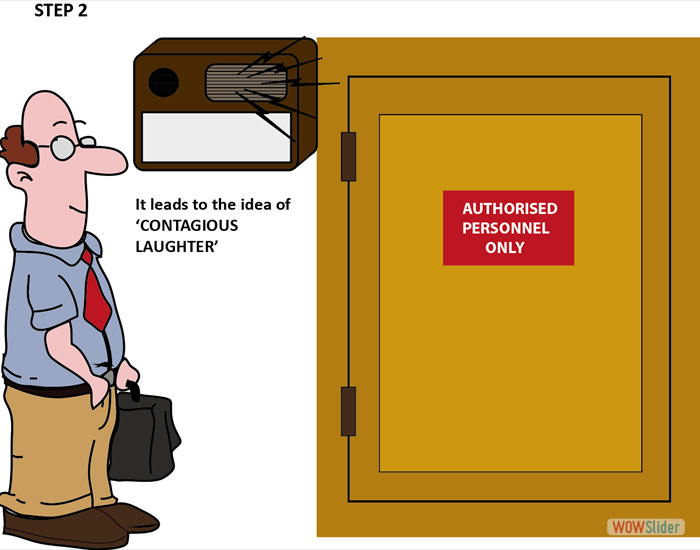
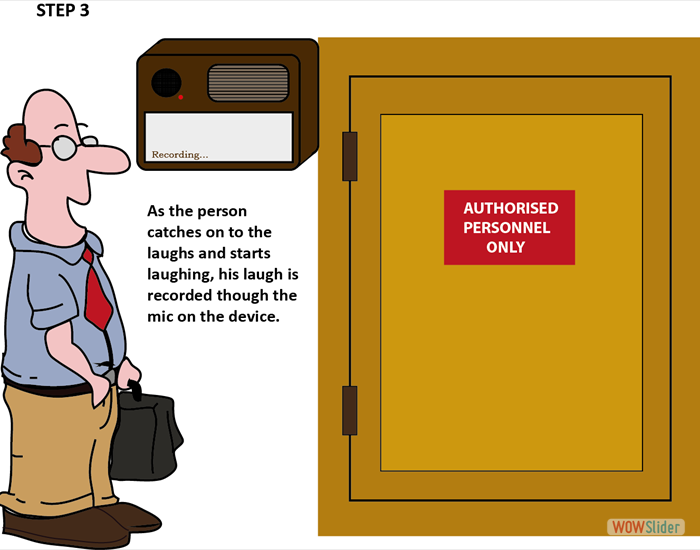
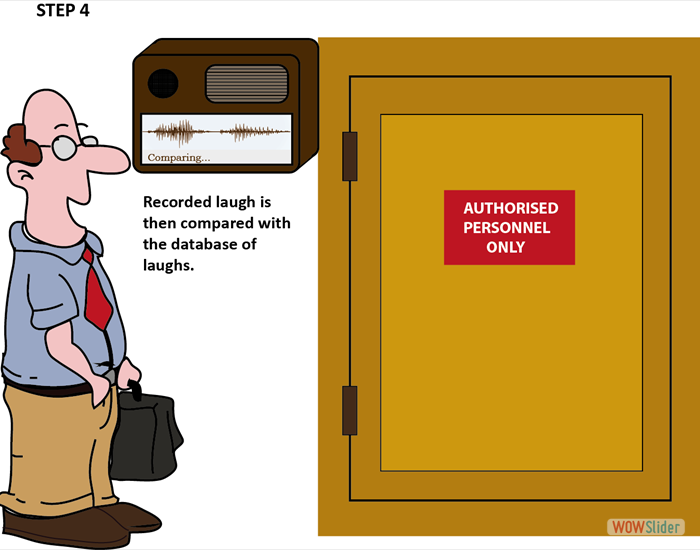
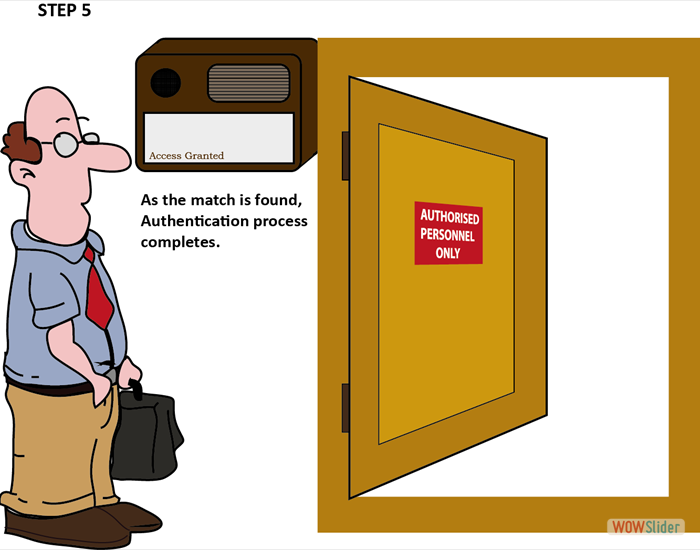

 1
1 2
2 3
3 4
4 5
5